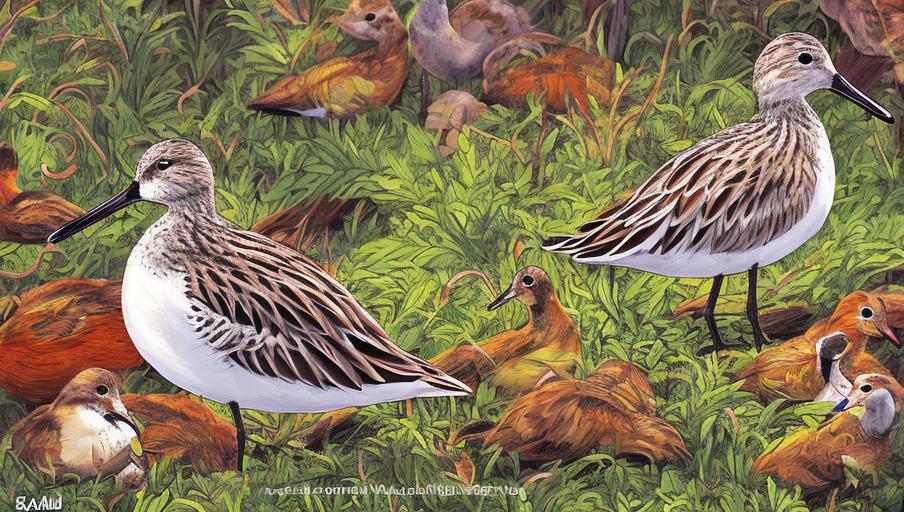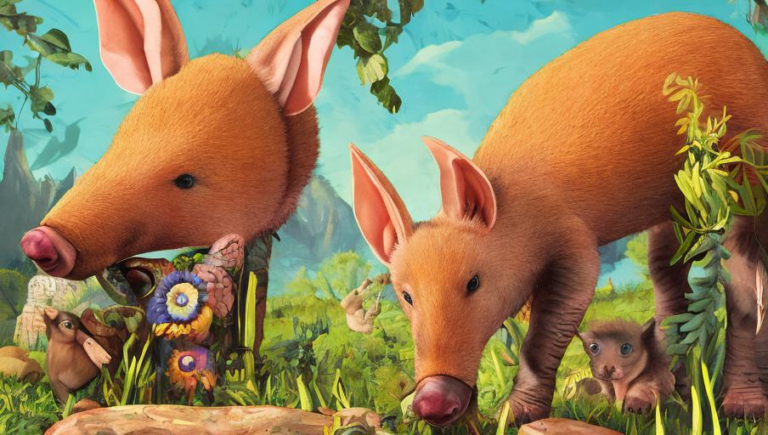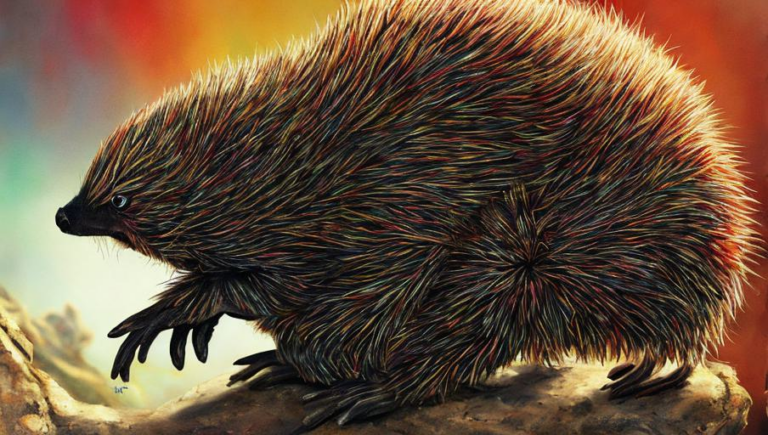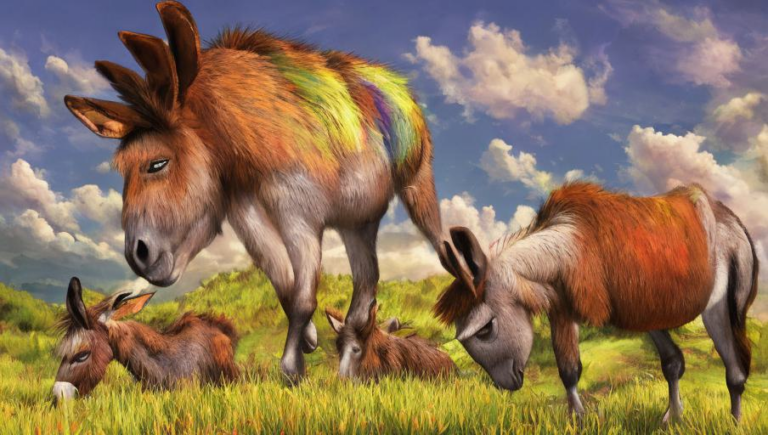Recognizing the Threats Facing the Dunlin Today

Introduction
The Dunlin is a small wading bird found in the Northern Hemisphere. This species is classified as a shorebird, making it particularly vulnerable to human activities and environmental changes. The Dunlin’s range is vast, stretching across the coasts of North America, Europe, and Asia. Despite its widespread and abundant nature, the Dunlin’s population is currently declining due to a combination of threats.
Habitat Loss
The Dunlin is dependent on its coastal and wetland habitats to nest and raise its young. Unfortunately, these areas are often the first to be developed or destroyed for various human activities. This can include land reclamation, development, and pollution. The destruction of wetlands for these activities can cause huge losses of habitat for the Dunlin and other shorebirds.
Climate Change
Climate change is another major threat facing the Dunlin. Rising temperatures and changing weather patterns can severely impact the Dunlin’s food sources, nesting areas, and migration patterns. These changes can disturb the balance of the species’ natural habitats and make it difficult for them to adapt. Additionally, the Dunlin’s migratory cycle is dependent on the availability of food resources, so any changes to these could have devastating consequences.
Human Interference
Human interference is also a major threat to the Dunlin. Coastal development, pollution, and overfishing can all disrupt the Dunlin’s nesting habitats and food sources. Additionally, these activities can also lead to an increase in predators, such as cats and foxes, which can make it difficult for the Dunlin to survive in certain areas. Furthermore, human interference can also lead to changes in migration patterns, as coastal developments can cause birds to fly further inland.
Overhunting
Overhunting is another major threat to the Dunlin. This species is often hunted for its feathers and eggs, which can have a devastating effect on the Dunlin’s population. Additionally, hunting can also disrupt the Dunlin’s natural habitats and food sources, as hunters can disturb the birds’ nesting areas and disrupt their migratory cycle. The illegal hunting of the Dunlin is particularly concerning, as this activity is often driven by profit and can be difficult to monitor or regulate.
Conclusion
The Dunlin is a small but important species of shorebird that is facing a variety of threats. From habitat loss and climate change to human interference and overhunting, the Dunlin is vulnerable to a number of environmental changes. It is important to recognize the threats facing the Dunlin and to take action to protect this species and its habitats. By doing so, we can ensure that the Dunlin continues to thrive for many years to come.





